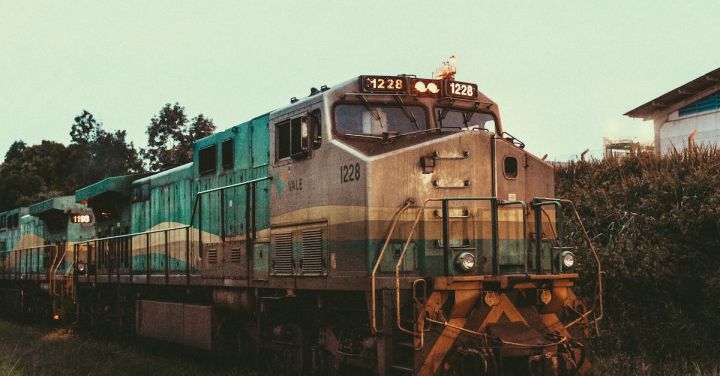Trains, with their rhythmic chugging and mesmerizing motion, have long captivated filmmakers and audiences alike. From the early days of cinema to the present, trains have played a significant role in the world of film, serving as both a setting and a symbol. The cinematic journey of trains has taken us on thrilling adventures, poignant dramas, and even into the realm of fantasy.
In the early days of cinema, trains were a popular subject for filmmakers. The Lumière brothers, pioneers of the moving image, captured the power and grandeur of trains in their short film “Arrival of a Train at La Ciotat.” The sight of a train rushing towards the camera was enough to startle and amaze audiences, who had never before seen such a dynamic image on screen. This iconic film set the stage for the many train-centric films that would follow.
As the medium of film evolved, so did the portrayal of trains on screen. Trains became a symbol of progress and modernity, representing the movement of society towards a brighter future. In films like “The Great Train Robbery” and “North by Northwest,” trains were used to propel the plot forward, creating tension and excitement. The rhythmic sound of wheels on tracks became a familiar motif, signaling the imminent arrival of adventure.
Trains also became a metaphor for the human journey, representing both physical and emotional movement. In films like “Brief Encounter” and “The Darjeeling Limited,” trains serve as a backdrop for stories of love, loss, and self-discovery. The confined space of a train carriage becomes a microcosm of human emotions, as characters confront their fears and desires while hurtling through the landscape.
In the realm of fantasy, trains have taken on a life of their own. The Hogwarts Express in the “Harry Potter” series is a prime example. This magical train transports young wizards to the enchanting world of Hogwarts School of Witchcraft and Wizardry, bridging the gap between the ordinary and the extraordinary. The train itself becomes a character, with its own personality and quirks, adding to the whimsical nature of the story.
In recent years, trains have continued to captivate audiences on screen. In films like “Snowpiercer” and “The Girl on the Train,” trains are used to explore themes of class, identity, and deception. The confined space of a train becomes a pressure cooker, intensifying the drama and suspense. These films remind us that trains are not just modes of transportation, but also powerful storytelling devices.
The cinematic journey of trains is far from over. As technology advances and storytelling techniques evolve, trains will continue to play a vital role in the world of film. Whether they are used to transport us to far-off lands, to symbolize our own personal journeys, or to create thrilling suspense, trains will always hold a special place in the hearts of filmmakers and audiences alike.
So the next time you find yourself aboard a train, take a moment to appreciate the cinematic history that surrounds you. Listen to the rhythmic chugging, feel the gentle sway of the carriage, and let yourself be transported on a journey of imagination and emotion. Because when it comes to the cinematic journey of trains, the possibilities are endless.
